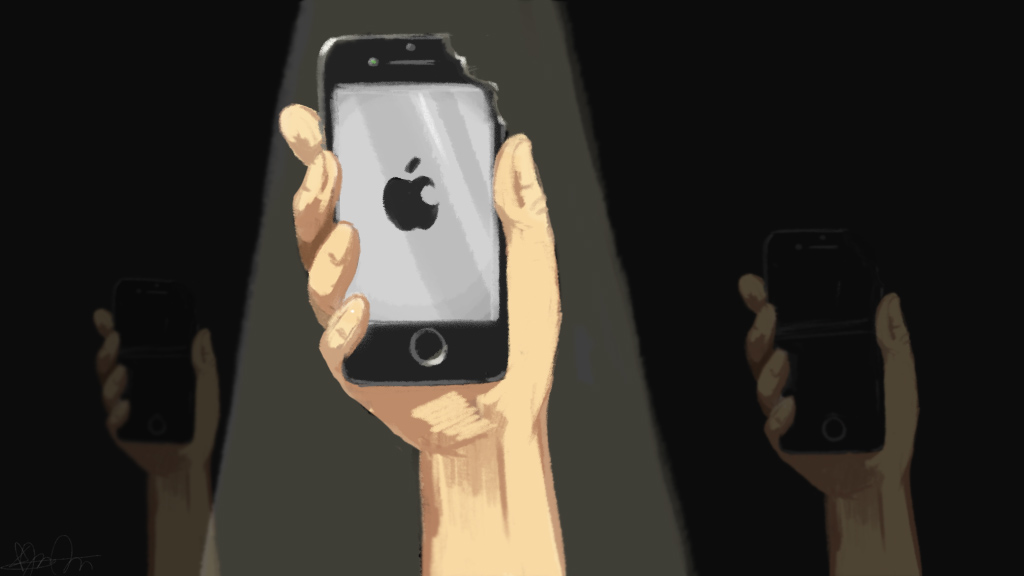After the live-stream fiasco that was its September 9 event, Apple would have hoped that a malfunctioning webcast would be the worst of it. Following the launch of the iPhone 6 and iPhone 6 Plus, however, their troubles continue. Apart from having to apologize for the catastrophe that was the iOS 8.0.1 update, something Apple just does not do, it has had to deal with videos of the iPhone 6 Plus clocking up the view counts on YouTube for bending under pressure. Despite the issues, the new iPhones have great sales figures, so it has not been a complete disaster.
As for iOS 8, the latest version of Apple’s mobile operating system has been hailed and criticized in equal measure. The new Health Kit apps drew praise but did not work for some users. In its hurry to fix the issue, Apple released the buggy iOS 8.0.1 update, which disrupted cellular connectivity and TouchID functionality for users. The update was quickly pulled by Apple and replaced by options to move back to iOS 8.0.0 or upgrade to iOS 8.0.2. The latest offering seems to have fixed a few issues, but there have been reports of users in Australia continuing to face problems with their new iPhones.
In terms of new features, iOS 8 finally seems to be catching up, offering services that have been around on Android for a while – foremost among these being custom keyboards. The ability to switch between portrait and landscape modes on the home screen is a novel idea and has been greeted with general approval. The navigation app is still not quite as effective as Google Maps, and swiping through app screens is not intuitive. Perhaps most significant is the size of the phone itself. After mocking the 'phablet' category for a long while, Apple has finally given in to user demand and come up with its own phablet in the form of iPhone 6 Plus. Not wanting to miss out on the golden opportunity, Samsung launched a series of commercials making fun of the new iPhones.
With Apple’s history of making products that “just work” and their refusal to enter either the budget or the mid-range smartphone markets, their competition is primarily with flagship smartphones from other companies. When it comes down to essentials, Apple products tend to do a few things very well – much better than Android might – which does everything a user may need, even if the product quality may not always be optimum. The iPhone’s relative lack of diversity in its features has, until now, only been justified by its impeccable product quality and to a certain extent by the superior quality of the App Store. With the well-publicized flaws in their recent products and other flagship phones arguably racing past the iPhone, Apple might do well to branch out a little.








